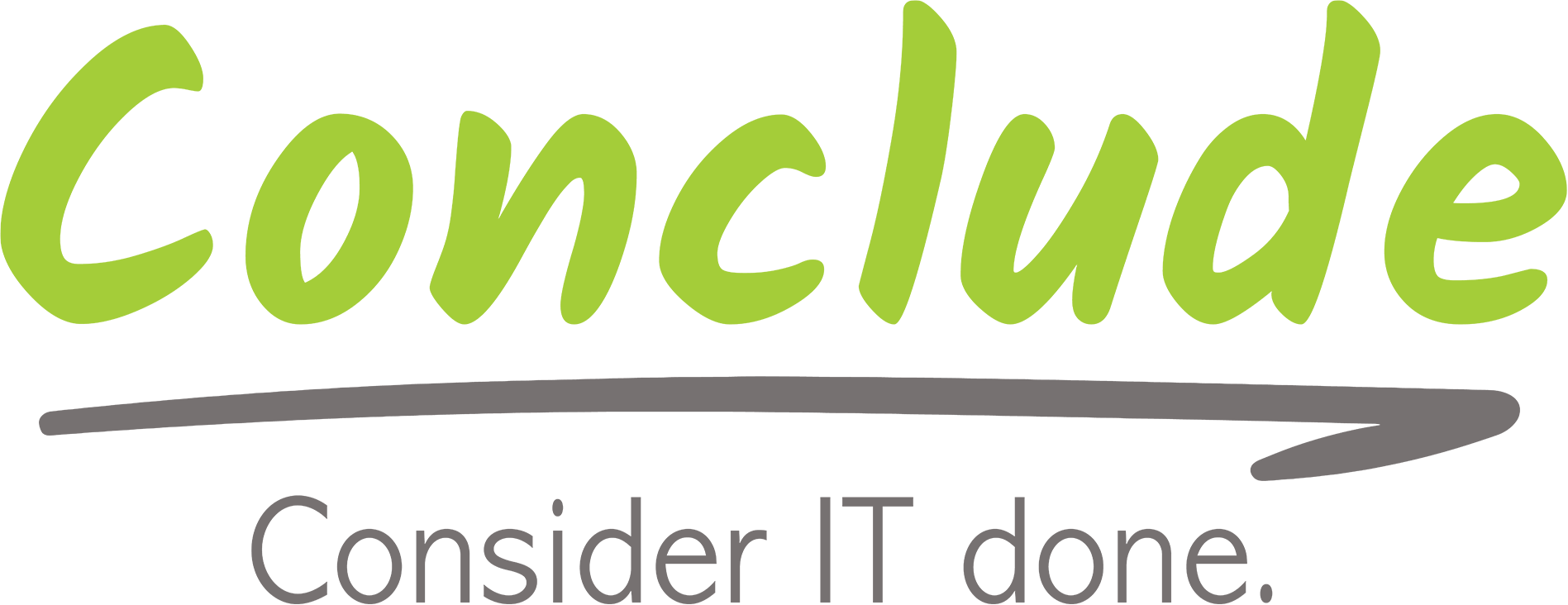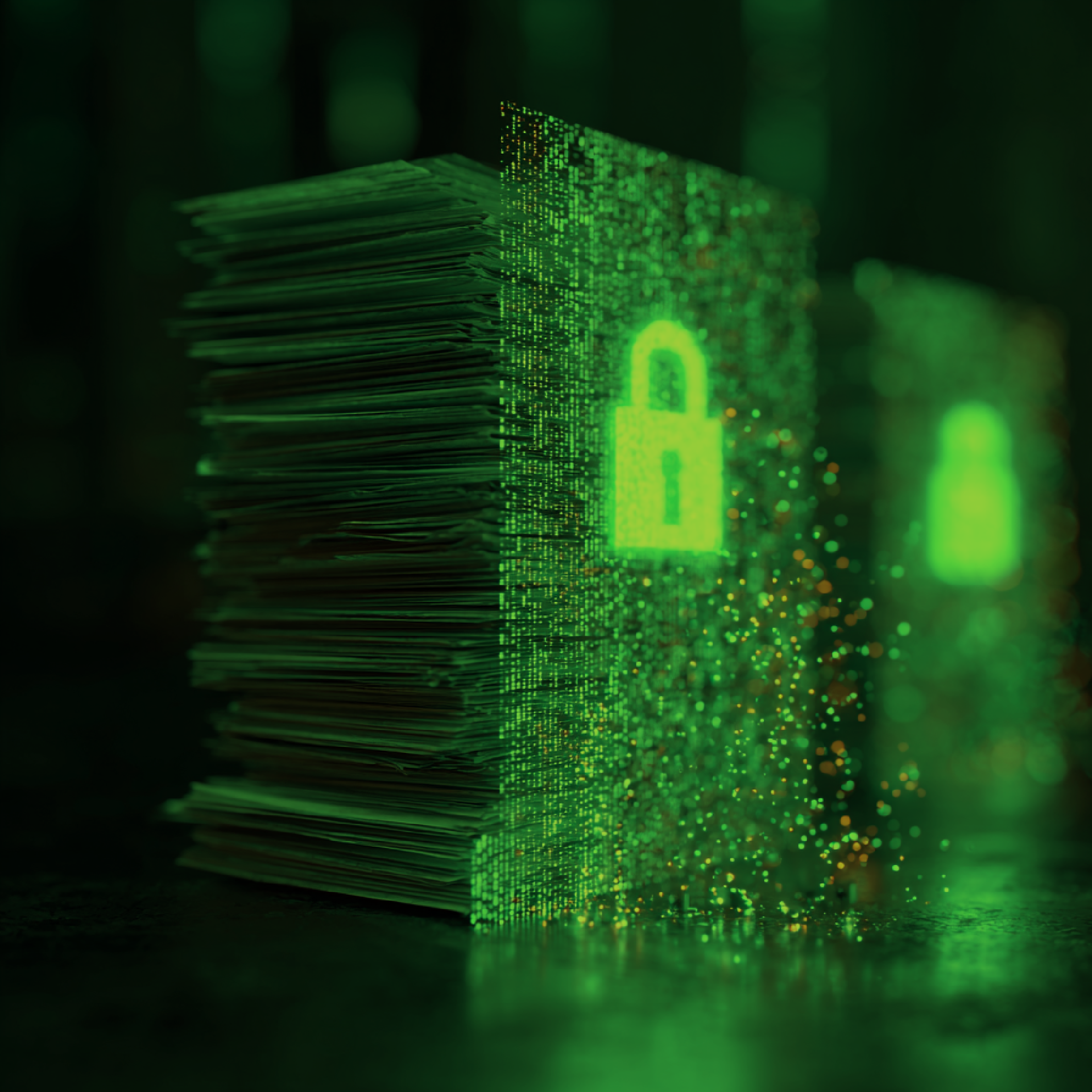
Are Electronic Signature Solutions Secure?
In the digital age, businesses are rapidly moving towards paperless processes, and electronic signature solutions are playing a major role in this shift. From signing contracts to approving agreements, e-signature solutions offer a convenient and efficient way to handle document approvals. However, one question often arises: Are electronic signature solutions secure?
When it comes to handling sensitive documents, security is paramount. In this blog post, we’ll dive into the security features of electronic signature solutions and explain why they are not only secure but often more reliable than traditional wet signatures.
What Makes Electronic Signatures Secure?
Electronic signatures have become a widely accepted standard for signing documents online. But what makes them secure? The answer lies in the combination of technology and legal frameworks designed to protect the integrity of the signed documents. Here are some of the key security features that make electronic signature solutions a safe choice for businesses:
Encryption and Data Protection
Encryption is one of the primary ways electronic signature solutions ensure security. When a document is signed electronically, the data is encrypted, making it unreadable to unauthorised users. This means that even if someone intercepts the document, they would not be able to access its contents without the proper decryption key.
Most reputable electronic signature platforms use SSL (Secure Socket Layer) encryption, the same technology used by banks and online retailers to protect sensitive information. Additionally, many solutions use AES (Advanced Encryption Standard), which is one of the most secure encryption methods available today. This level of encryption ensures that your documents remain confidential and tamper-proof throughout the entire signing process.
Audit Trails for Complete Transparency
One of the biggest advantages of electronic signature solutions is the built-in audit trail. An audit trail is a detailed log that tracks every action taken on a document. This includes when the document was sent, viewed, signed, and even the IP address of the signer.
This feature provides complete transparency and allows businesses to verify the authenticity of the signed document. If a dispute arises about the validity of a signature, the audit trail can be used as evidence to prove the identity of the signer and the exact details of the signing process.
In contrast, traditional wet signatures do not offer the same level of traceability. It can be difficult to verify when and where a physical document was signed, leaving room for potential disputes and fraud.
Identity Verification and Multi-Factor Authentication (MFA)
To further enhance security, many electronic signature solutions offer identity verification and multi-factor authentication (MFA). Identity verification methods can include email verification, SMS codes, and even biometric data like fingerprint scans.
MFA adds an additional layer of security by requiring the signer to verify their identity through multiple methods. For example, after signing the document, the user may be prompted to enter a one-time code sent to their phone or email. This extra step makes it much harder for unauthorised users to forge signatures.
With these measures in place, electronic signature solutions significantly reduce the risk of impersonation and unauthorised access, making the signing process more secure than traditional methods.
Legal Compliance and Global Standards
One of the reasons businesses trust electronic signature solutions is because they comply with strict legal standards. In many countries, laws like the U.S. Electronic Signatures in Global and National Commerce Act (ESIGN Act) and South Africa’s Electronic Communications and Transactions Act (ECT Act) have established a legal framework that recognizes electronic signatures as legally binding, provided certain conditions are met.
These laws require electronic signature solutions to implement robust security measures, including encryption, identity verification, and audit trails, to ensure the integrity of the signed documents. This legal backing gives businesses confidence that their electronic signatures are both secure and enforceable in court.
Document Integrity and Tamper Detection
One of the key security features of electronic signature solutions is tamper detection. When a document is signed electronically, a unique digital fingerprint, known as a hash, is created. This hash is tied to the content of the document and the signature itself. If any changes are made to the document after it has been signed, the hash will no longer match, indicating that the document has been altered.
This feature makes it nearly impossible for anyone to tamper with a signed document without detection. In contrast, traditional wet signatures can be easily forged, and it is often difficult to prove if a physical document has been altered.
Conclusion
In 2024, electronic signature solutions are not only secure but often more reliable than traditional wet signatures. With features like encryption, audit trails, identity verification, legal compliance, and tamper detection, they provide a comprehensive security framework that protects both the signer and the document.
For businesses looking to streamline their document signing process without compromising security, electronic signature solutions are the way to go. By embracing this technology, you can ensure that your documents are signed quickly, efficiently, and securely, giving you peace of mind in today’s fast-paced digital world.
Ready to make the switch to secure electronic signatures? Your business—and your clients—will thank you.

